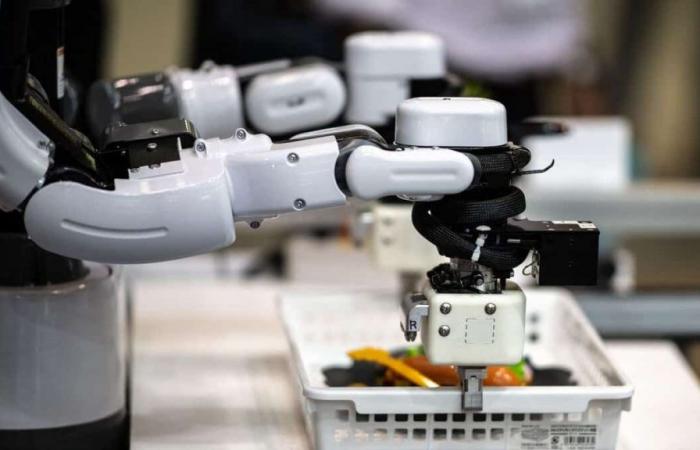Japanese scientists have succeeded in making a robot smile “naturally” using human cells, a technological revolution while androids are generally covered in silicone skin that cannot sweat or heal.
• Read also: Japan: Inside the World’s Largest Nuclear Fusion Reactor
• Read also: AI, a new frontier strewn with pitfalls for Japan
• Read also: Microsoft will invest nearly $3 billion to boost AI in Japan
The University of Tokyo researchers shared their findings Monday in a study published in the journal Cell Reports Physical Science, and also released a video showing the robots displaying a realistic but frightening smile.
To recreate a “natural smile,” they gelatinized human tissue and attached it inside the robot’s holes, a method inspired by real ligaments in human skin.
The specialists hope “that this technology will provide a better understanding of the formation of wrinkles and the physiology of facial expressions, and that it will contribute to the development of transplant materials and cosmetic products”, declared the team led by the professor of computer mechanics Shoji Takeuchi.
Their goal, even if they have not yet completely succeeded, will ultimately be to equip them with the “inherent self-healing capacities” of human skin.
In previous studies, they grafted collagen onto lab-grown skin with a cut, which was attached to a robotic finger, to demonstrate how it could heal.


